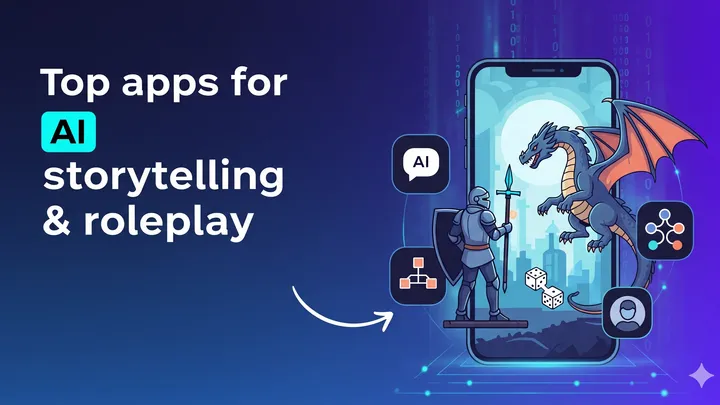The Evolution of Gameplay Mechanics in The Legend of Zelda: Ocarina of Time
The Legend of Zelda: Ocarina of Time is often hailed as one of the most influential video games in history, not just for its storytelling and art but also for its groundbreaking gameplay mechanics. Released in 1998 for the Nintendo 64, Ocarina of Time introduced numerous innovations that set new standards for action-adventure games. This article explores the evolution of gameplay mechanics in Ocarina of Time, examining how these innovations transformed the gaming experience and influenced future titles in the Zelda franchise and beyond.
Transition to 3D: A New Dimension
From 2D to 3D
Before Ocarina of Time, the Zelda series primarily utilized 2D graphics, as seen in titles like The Legend of Zelda and A Link to the Past. The leap to 3D technology in Ocarina of Time represented a significant shift in how players interacted with the game world.
Exploring a Three-Dimensional World
The transition to 3D allowed for more immersive environments, enabling players to explore Hyrule in a way that was previously impossible. Players could navigate complex terrains, climb, and engage with the environment in three dimensions, enhancing the sense of adventure.
Camera Control Innovations
Ocarina of Time introduced a dynamic camera system that automatically adjusted to player movements, providing a better perspective during exploration and combat. This innovation was crucial in making 3D navigation intuitive and engaging.
Z-Targeting System
One of the standout features introduced in Ocarina of Time is the Z-targeting system, allowing players to lock onto enemies and objects. This mechanic streamlined combat and navigation, enabling players to focus on their targets without losing control of the character.
Combat Mechanics: A New Approach
Real-Time Combat
Ocarina of Time shifted from the turn-based combat of earlier titles to a real-time combat system. This change added a layer of excitement and urgency, as players had to react quickly to enemy movements.
Weapon Variety
The game introduced a diverse array of weapons and items, each with unique mechanics. Players could use swords, bows, bombs, and various magical items, allowing for strategic combat approaches.
Contextual Combat
Combat in Ocarina of Time is contextual, with different strategies required for various enemies. Players must utilize their environment and abilities effectively to defeat foes, encouraging experimentation and skill development.
Boss Battles
The boss battles in Ocarina of Time are memorable and challenging, requiring players to learn patterns and devise strategies. Each boss has unique mechanics that contribute to the overall experience, making these encounters feel significant and rewarding.
Puzzle-Solving and Exploration
Environmental Puzzles
Ocarina of Time is renowned for its intricate puzzles that leverage the 3D environment. Players must think critically and utilize their items creatively to progress through dungeons and the overworld.
Item-Based Mechanics
Many puzzles require players to use specific items acquired throughout their journey, such as the Hookshot, Bombs, and the Boomerang. This item-based approach encourages exploration and rewards players for their curiosity.
The Role of Dungeons
The game's dungeons are designed with unique themes and mechanics, each offering distinct challenges. From the Forest Temple to the Water Temple, players encounter puzzles and enemies that require different strategies and skills.
The Importance of Keys
The use of keys to unlock areas within dungeons adds a layer of progression and exploration. Players must explore thoroughly to find keys and unlock new paths, enhancing the sense of adventure and discovery.
Time Travel: A Unique Mechanic
The Concept of Time
One of the most innovative gameplay mechanics in Ocarina of Time is the ability to travel through time. Players experience Link’s childhood and adulthood, each with distinct challenges and gameplay elements.
Dual-Timeline Gameplay
This mechanic allows players to solve puzzles and overcome obstacles by switching between timelines. Actions taken in the past can affect the present, creating a dynamic and interconnected gameplay experience.
The Ocarina’s Role
The Ocarina serves as the tool for time travel, with various songs allowing Link to manipulate time and weather. This musical element integrates gameplay and narrative, reinforcing the game's themes.
Side Quests and Optional Content
Expanding the Experience
Ocarina of Time features numerous side quests and optional content that enrich the gameplay experience. These quests provide opportunities for exploration, character interaction, and rewards.
Collectibles and Rewards
Players can collect items such as Heart Pieces and Golden Skulltulas, each contributing to character growth and enhancing gameplay. These optional challenges encourage players to engage deeply with the game world.
Character Development Through Side Quests
Side quests often involve interactions with NPCs, providing insight into their stories and enriching the overall narrative. This character-driven approach adds depth to the world and fosters emotional connections.
Legacy and Influence on Future Titles

Setting a Standard
The gameplay mechanics introduced in Ocarina of Time set a benchmark for action-adventure games. Its innovations influenced not only subsequent Zelda titles but also numerous other games in the industry.
Evolution of the Franchise
Games like The Legend of Zelda: Majora's Mask and The Legend of Zelda: Breath of the Wild built upon the mechanics introduced in Ocarina of Time, further refining gameplay and expanding the series' legacy.
Impact on Game Design
Ocarina of Time's success demonstrated the importance of immersive gameplay mechanics in creating engaging experiences. Many modern titles continue to draw inspiration from its innovative design, emphasizing exploration, storytelling, and player agency.
Conclusion
The Legend of Zelda: Ocarina of Time revolutionized gameplay mechanics, setting new standards for the action-adventure genre. Its transition to 3D, innovative combat systems, intricate puzzles, and the unique time travel mechanic created an immersive experience that resonated with players. The legacy of Ocarina of Time continues to influence game design and player expectations, solidifying its place as a cornerstone of gaming history. As the Zelda franchise evolves, the innovations introduced in Ocarina of Time remain a testament to the power of creativity and exploration in video games.


















